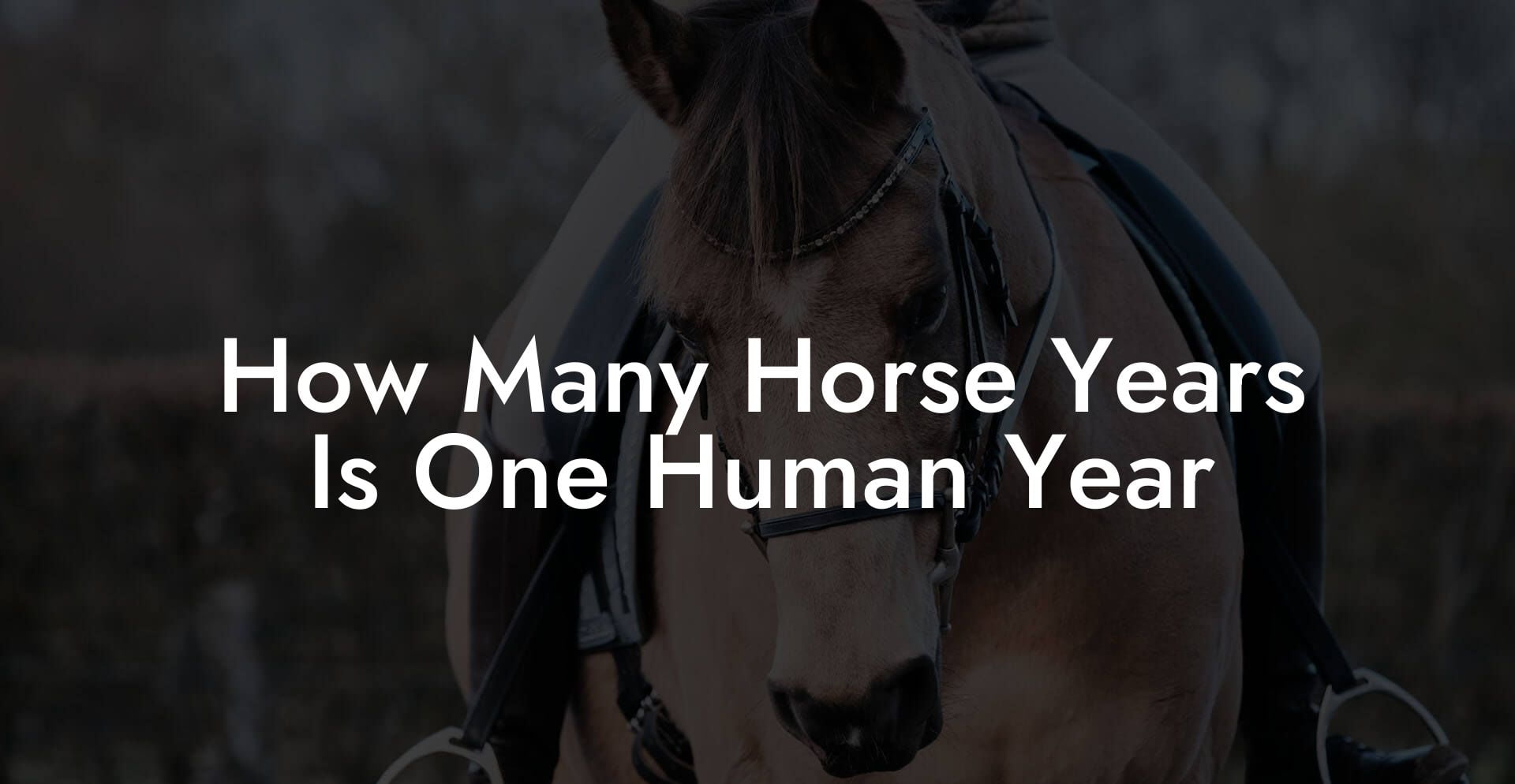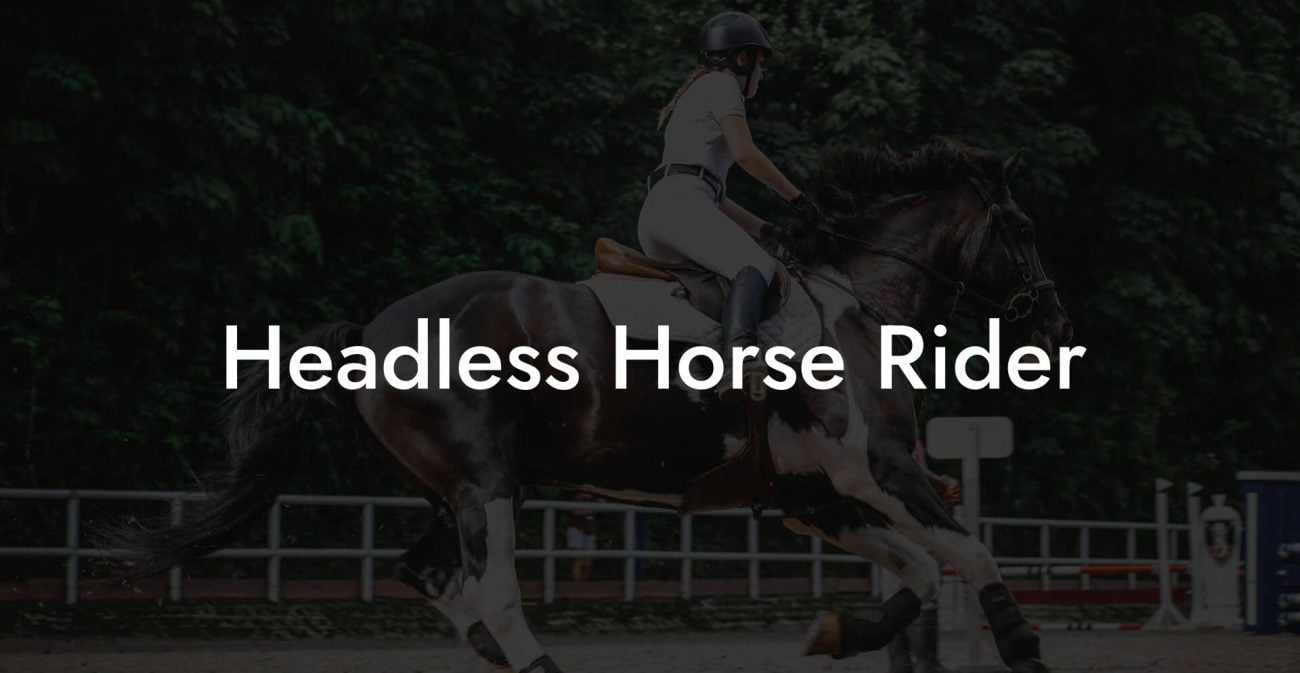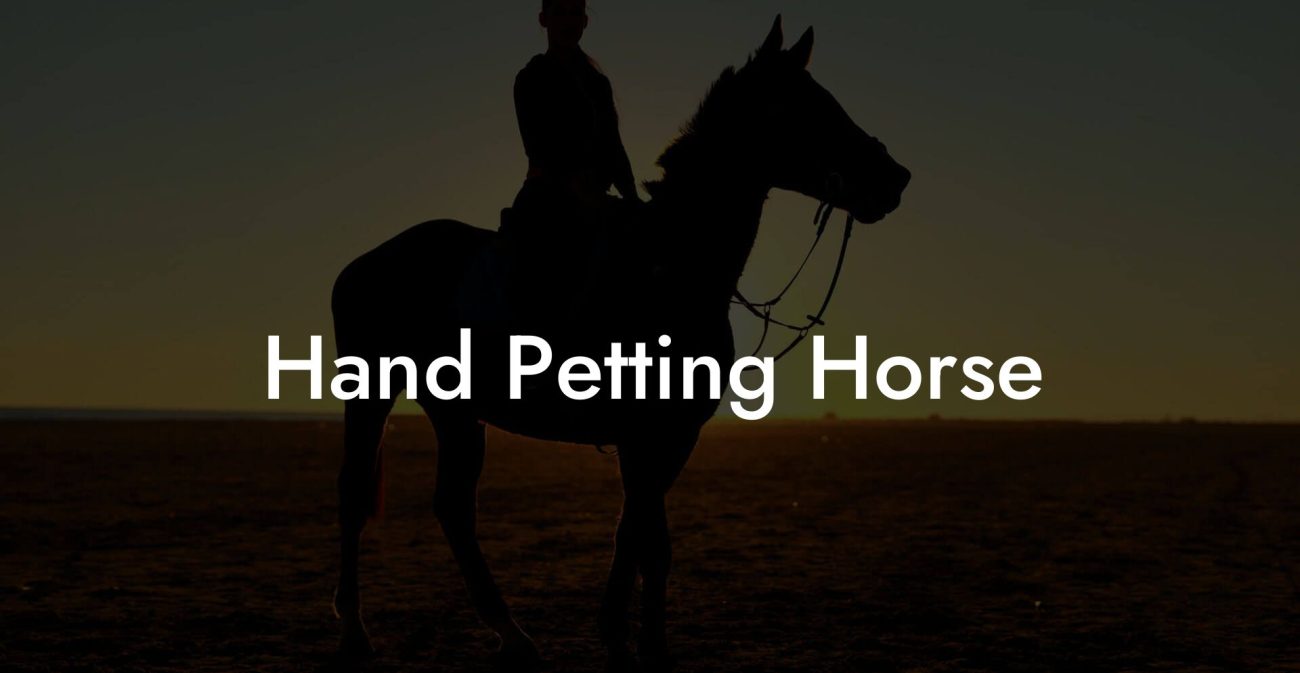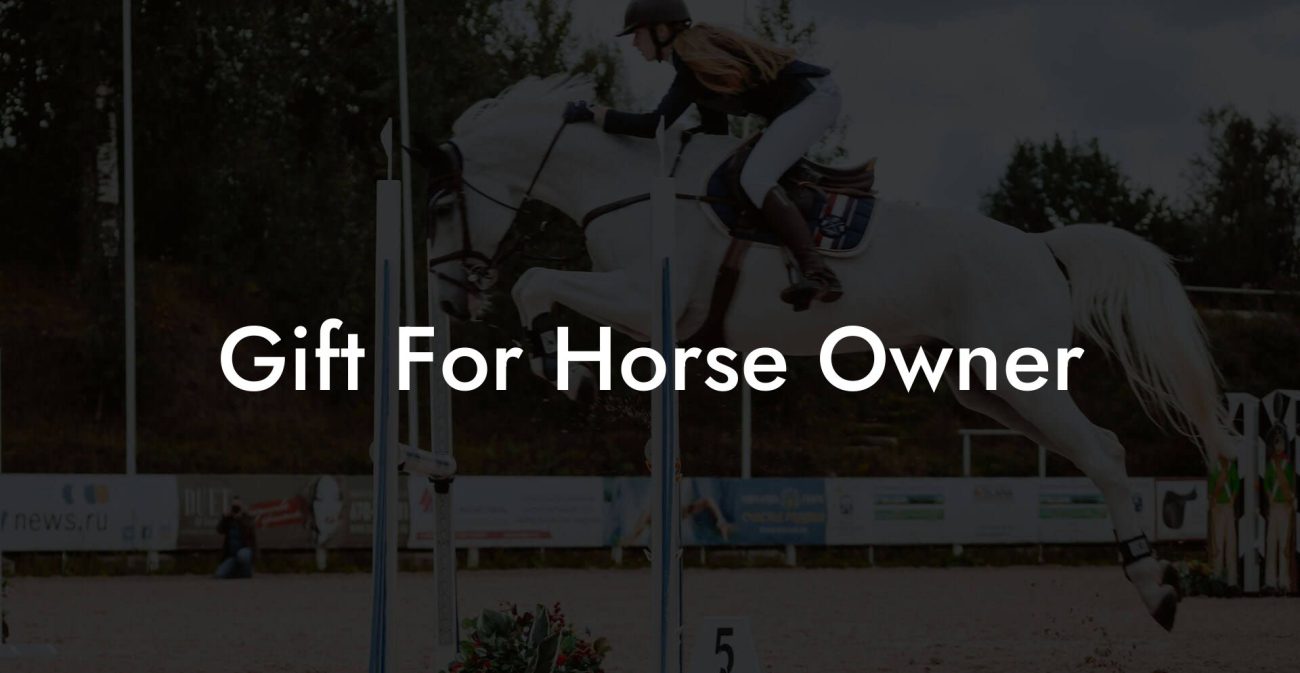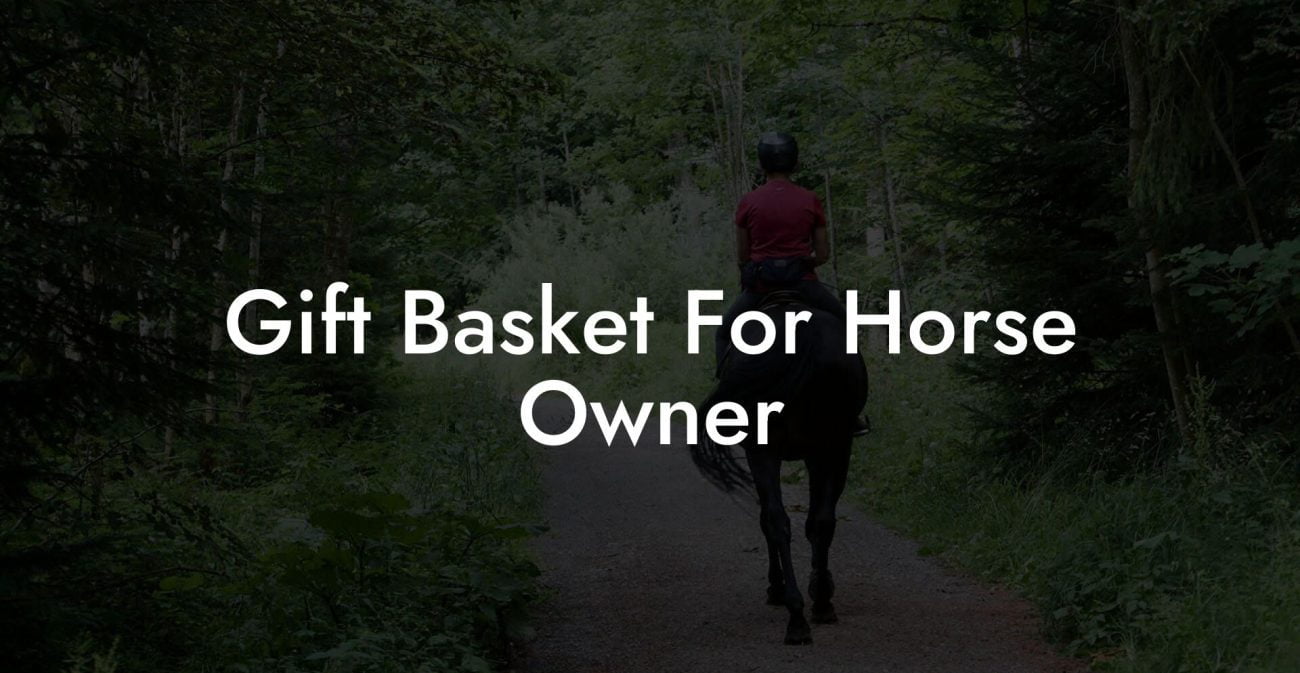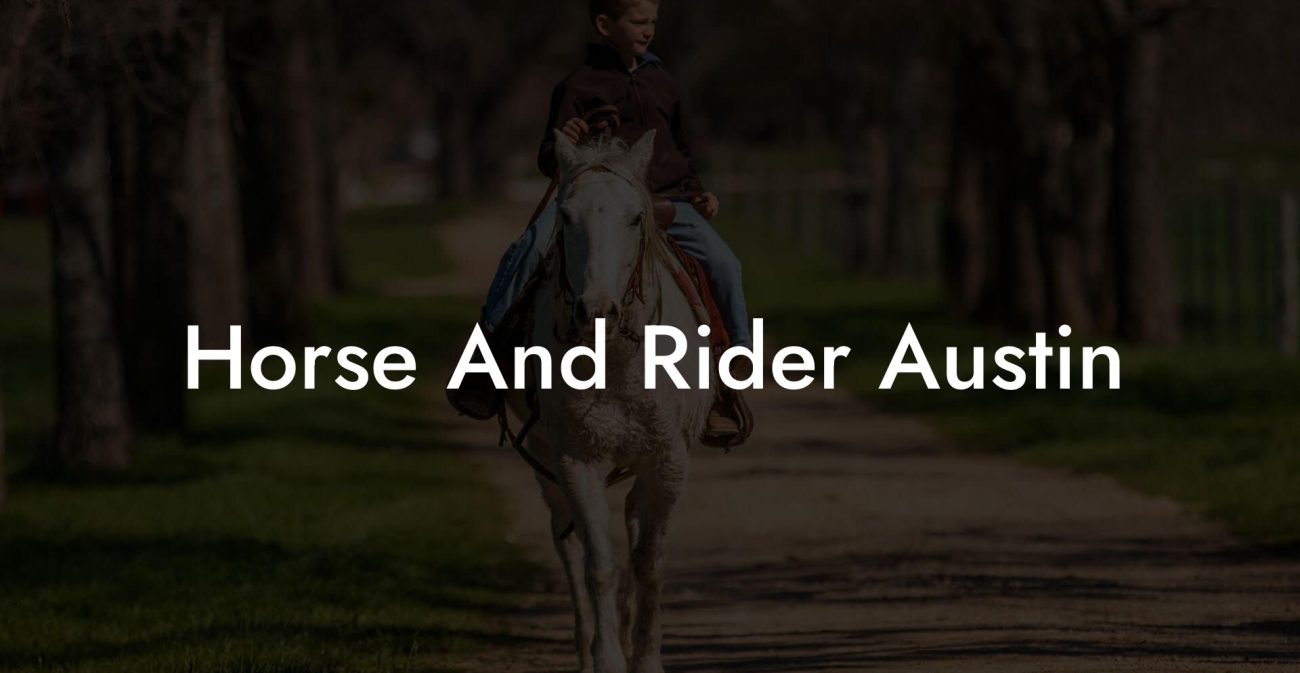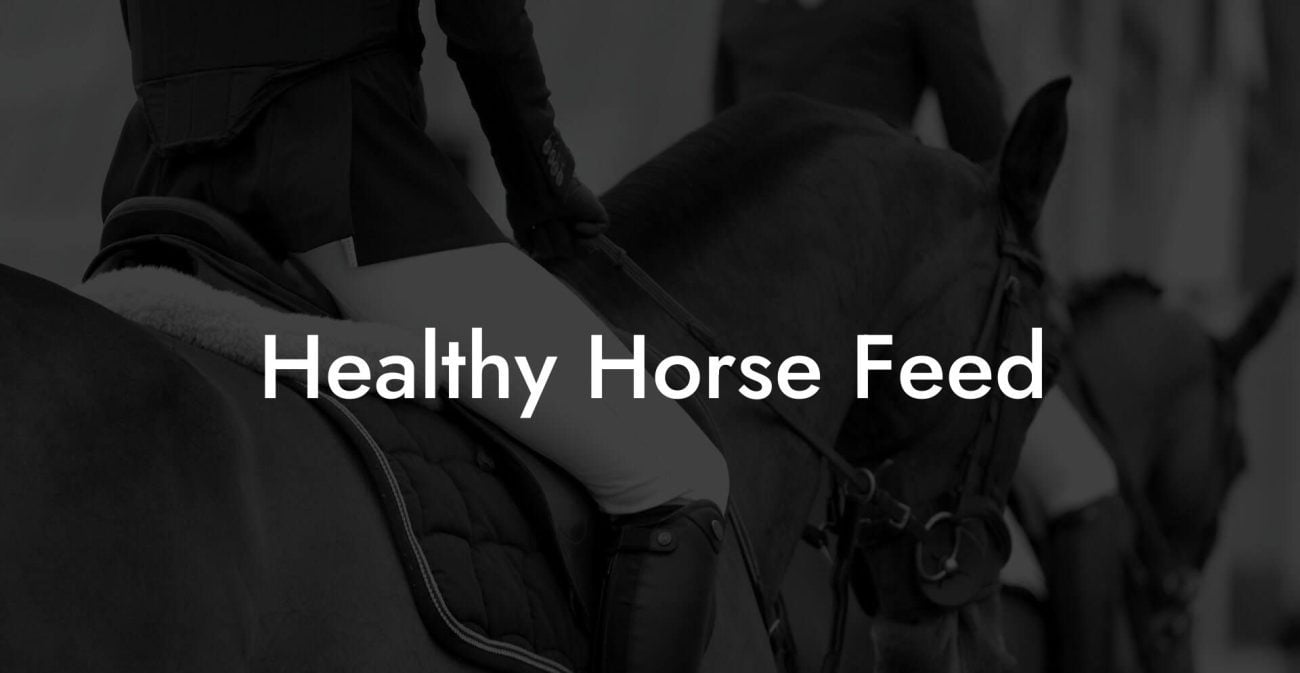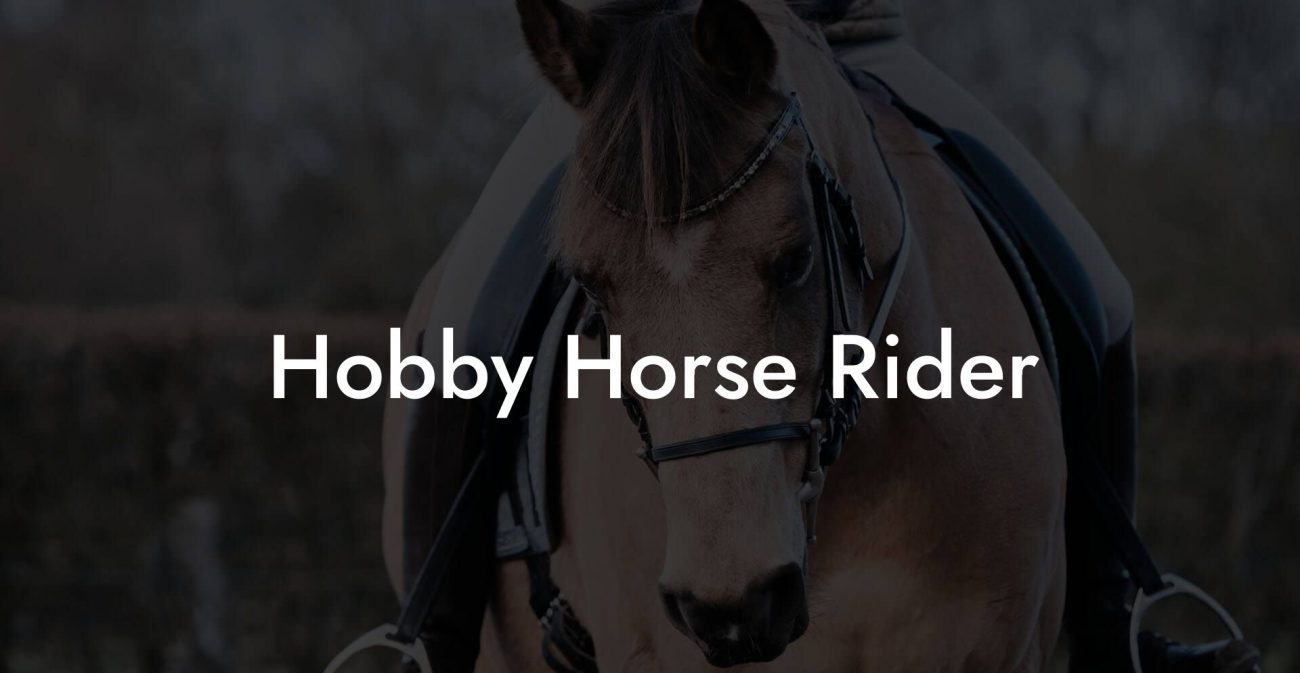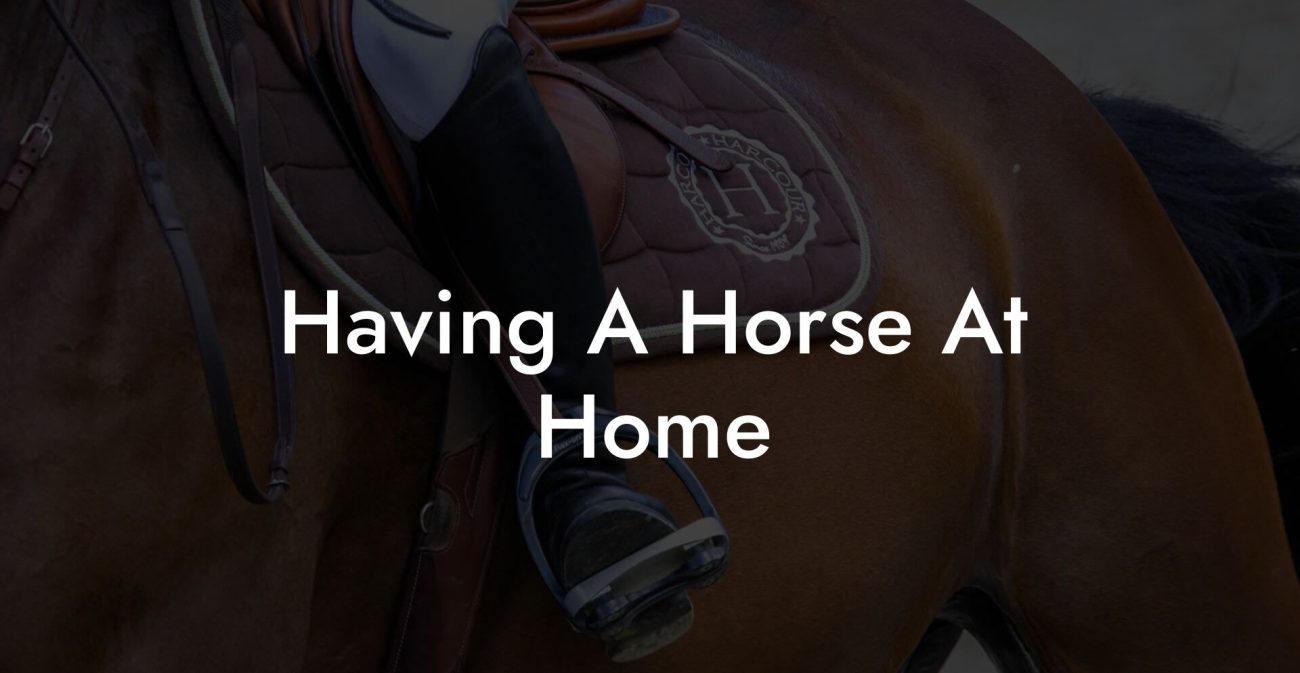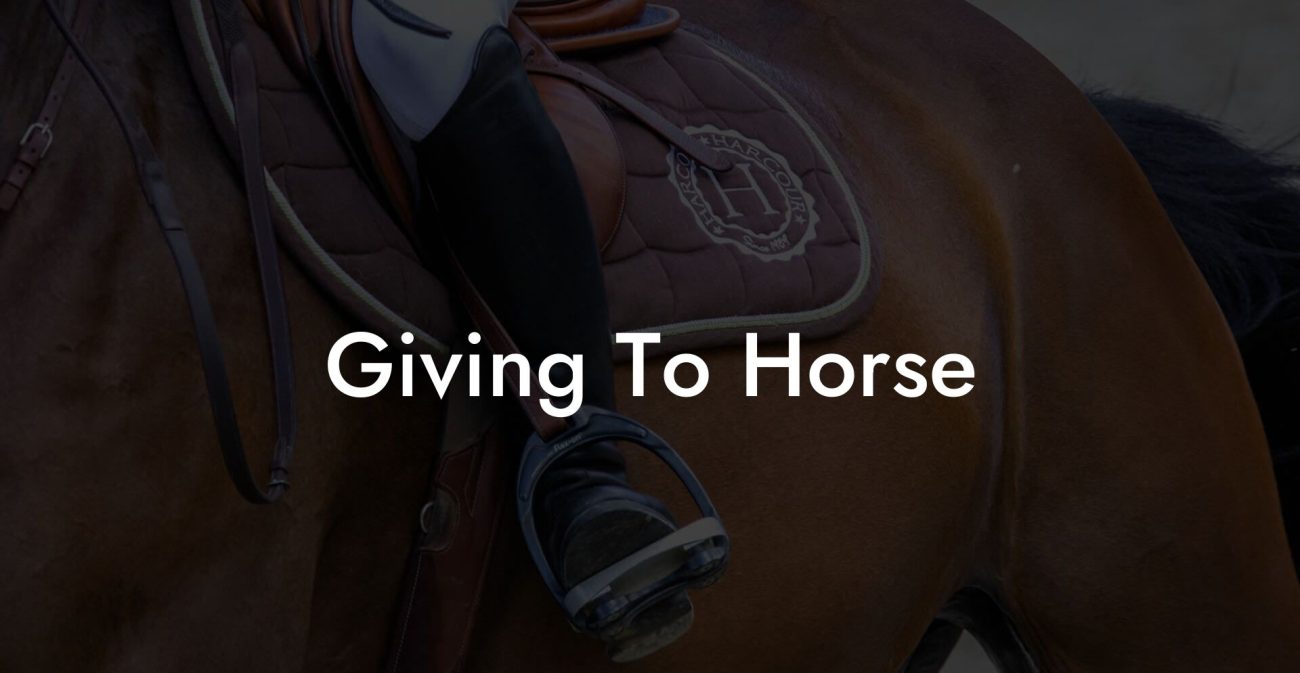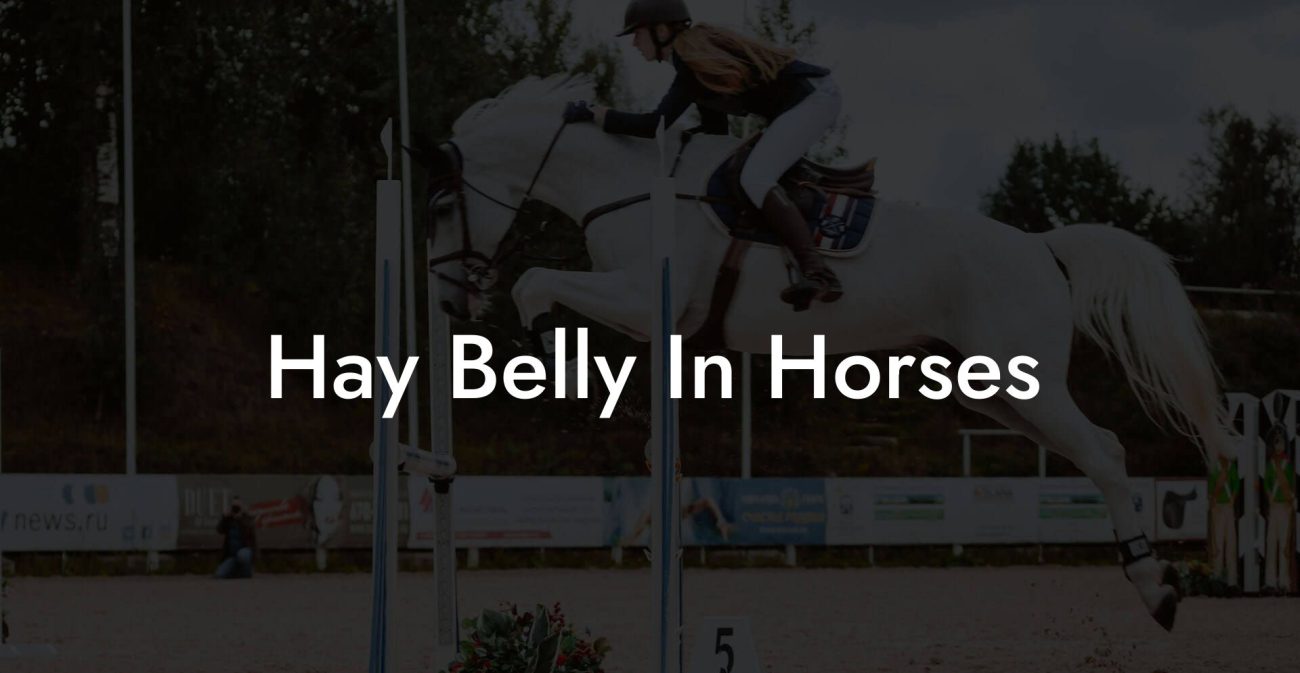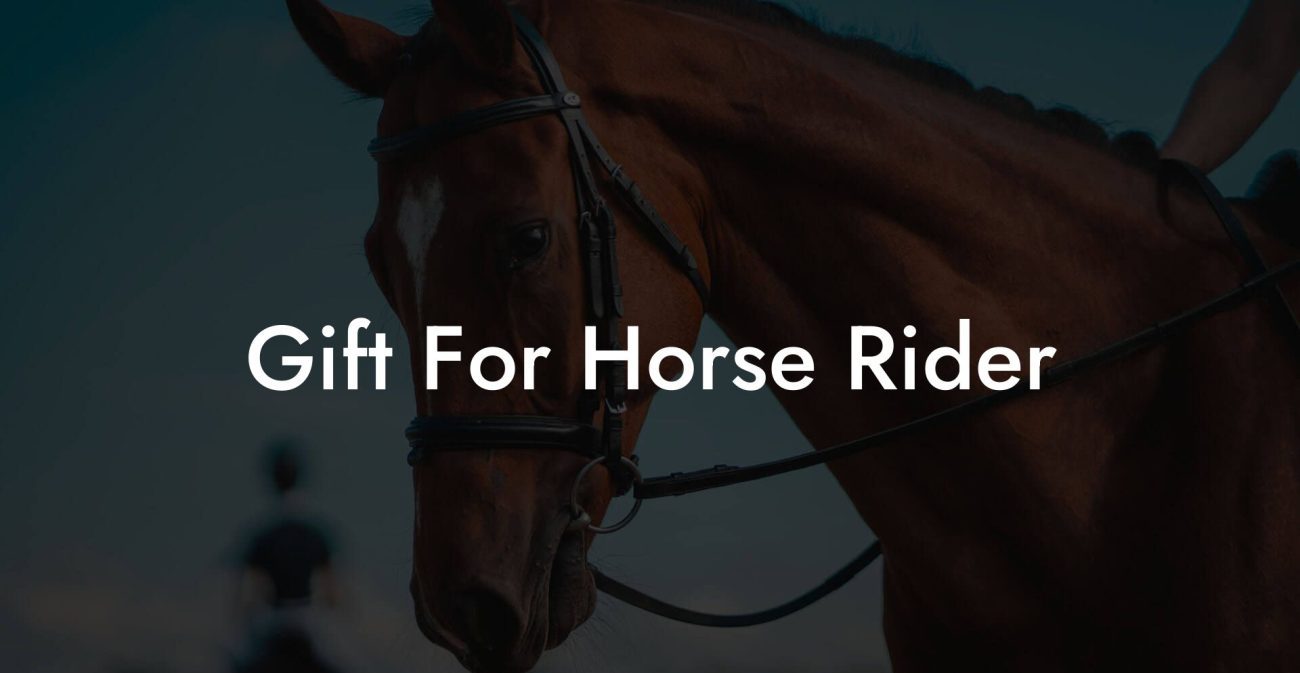Ever thought about how a horse’s life scales up compared to ours? Strap on your riding boots and hold onto your mane, because we’re about to gallop into the quirky realm of equine aging, a place where one human year might just equate to a handful of horse years, a mystery wrapped in hay and sprinkled with oats. Whether you’re a Gen-Z equestrian newbie or a millennial marvel caring for your majestic steed, this guide will unravel everything you need to know about horse years, equine aging, and the ins and outs of optimal horse care. Get ready for a wild ride that’s part science, part myth-busting, and all heart.
Quick Links to Useful Sections
- The Equine Aging Odyssey: Decoding Horse Years vs. Human Years
- Scientific Insights into Equine Aging
- The Life Stages of Our Noble Horses
- Foalhood: The Beginnings of Bravery
- Adolescence: The Blossoming Years
- Maturity: The Equine Prime
- Senior Years: The Golden Gallop
- Calculating Equine Age: The Conversion Conundrum
- Caring for Your Aging Horse: A Journey Through Diet, Exercise, and Veterinary Wisdom
- Comparing Equine Aging to Human Aging
- Myths and Facts: Debunking Common Equine Aging Misconceptions
- Myth #1: One Human Year Equals Seven Horse Years
- Myth #2: Aging Horses Must Be Sedentary
- Myth #3: Diet Doesn’t Change with Age
- Diet, Exercise, and Mental Wellness: What Your Horse Really Needs
- Fueling the Body: A Nutritional Blueprint
- Keep on Trotting: Exercise for Every Life Stage
- Brain and Body in Sync: Mental Wellness for Horses
- The Future of Equine Lifespan: Innovations in Horse Care and Management
- Resources and Community Support: Your Next Steps
- Frequently Asked Questions About Equine Aging and Care
- Your Journey to Understanding Equine Aging
The Equine Aging Odyssey: Decoding Horse Years vs. Human Years
When you think about aging, you might picture birthday candles and dubious cake slices, except when it comes to horses, the narrative is as dynamic as a derby race. The age conversion between horses and humans isn’t as straightforward as multiplying by seven (a rule often tossed about when comparing dog years to human years). Instead, equine aging is a nuanced process that reflects rapid early development, a long prime, and a graceful slowdown in the golden years.
In this section, we embark on a journey through time, from the moment a foal takes its first wobbly steps until it enters the serene realms of its sunset years. We’ll explore why a human year isn’t a one-to-one comparison with a horse year, how different breeds mature at unique paces, and what all this means for your equine companion’s health and happiness.
By understanding the fundamental differences between human and horse biology, you can tailor your horse care regime to fit the specific needs of your four-legged friend at every stage of life. Let’s saddle up and dive into the science and stories behind equine aging.
Scientific Insights into Equine Aging
At first blush, comparing the ages of horses and humans might seem like a whimsical math problem. However, beneath the playful surface lies a robust scientific framework. Horses, being equids with rapid early growth spurts, experience their youth in a flash, a time when their bodies are churning out growth hormones and developing muscle mass at a breakneck pace.
While human babies take years to master the basics, foals transform from adorable, wobbly bundles into agile, beautiful athletes in just a few short seasons. This accelerated early development means that a one-year-old horse might be more akin to a teenager in the human world, even though it’s still in the “youthful” phase.
Researchers have long observed that horses experience a rapid period of physical and mental development, which gradually tapers off into a long, steady plateau of mature vitality. Various studies, particularly in veterinary science, have established that a horse’s maturity, in many ways, does not follow a linear progression. It’s all about bursts of growth followed by long stretches of stable health.
Consider the concept of “physiological age” versus “chronological age.” While a horse’s chronological age is measured by the number of years since birth, its physiological age is a measure of how well it functions. Here, factors like genetics, diet, exercise, and overall care come into play. The modern equine care community has embraced this idea, using it as the basis for tailoring exercise programs, dietary plans, and even preventive healthcare routines for their horses.
Keywords such as "equine aging," "horse care regimen," "veterinary insights," and "physiological age of horses" naturally weave through these discussions, ensuring that our exploration is not just scientifically sound but also ready to attract the modern search engine’s gaze.
The Life Stages of Our Noble Horses
Much like the diverse chapters of a bestselling biography, a horse’s life is divided into distinct stages, each with its own challenges, quirks, and care requirements. Understanding these stages is crucial not only for calculating horse years against human years but also for ensuring that every phase of your horse’s life is met with tailored care and attention.
Foalhood: The Beginnings of Bravery
The journey kicks off with the foal stage, a period of exuberant discovery and breakneck development. Foals are bursting with energy, curiosity, and a voracious appetite for life. Their bodies are quick to adapt, and they exhibit skills almost imperceptibly that hint at the grace they’ll display in adulthood. However, rapid growth can also mean susceptibility to nutritional deficiencies and injuries, so vigilant care during these early months is crucial.
During foalhood, your horse’s diet should be rich in nutrients tailored to fuel a growth spurt. And while a playful buck or two is the mark of a happy foal, careful monitoring for any signs of developmental lameness or discomfort can help set the stage for a lifetime of robust health.
Adolescence: The Blossoming Years
As the foal transitions into adolescence, there’s a lot more than just growing tall, it’s about developing character, strength, and a sparkling personality. This is a phase where your horse starts to show off its individuality and may even test the boundaries of your patience with bursts of playful rebellion. An adolescent horse is like an indie artist finding its voice, showcasing both brilliant potential and occasional imperfections.
The care during these formative years involves a balanced mix of structured exercise, social interactions, and plenty of mental stimulation. Nutritional considerations become more refined, with protein and essential minerals taking center stage to support muscle development and bone strength.
Maturity: The Equine Prime
When your horse reaches maturity, it steps into its prime, a robust, steady, and graceful stage resembling the prime of human life. This phase is marked by a balance between energy and calm, agility and strength, as well as experience and instinct. The mature horse is the workhorse, the champion in the show ring, or the dependable companion enduring the daily rhythms of life.
Maintaining optimal health during maturity involves regular exercise routines, continuous mental and physical stimulation, and consistent veterinary check-ups to catch any early signs of wear and tear. Strategic adjustments in diet and exercise can help manage the natural aging process and extend the prime of life.
Senior Years: The Golden Gallop
As the years add up, even the mightiest steeds eventually slow their pace and enter the revered realm of seniority. However, “old” in equine terms is not a signal of declining spirit, it’s an invitation to honor experience, celebrate resilience, and adapt care routines to ensure comfort and well-being.
For senior horses, gentle exercise, low-impact activities, and advanced nutritional plans become critical. Regular veterinary visits focusing on joint health, dental care, and overall mobility help ensure that even the later chapters of a horse’s life are filled with dignity and quality.
Each life stage is a testament to the unique interplay between genetics, environment, and care, proving that equine aging is as much an art as it is a science.
Calculating Equine Age: The Conversion Conundrum
Now, let’s address the age-old (or should we say, age-new?) question: How many horse years is one human year? The answer isn’t as simple as a fixed multiplier, it’s more of a fluid equation that considers the rapid initial growth of horses, their prolonged maturity, and the inevitable effects of aging.
Various conversion methods have been proposed over time. Some equine experts suggest that the first few years of a horse’s life are equivalent to several human years, given the swift pace of development. For example, a one-year-old horse may be compared to a teenager in human terms due to the exponential growth and learning that occurs during that period.
After the early developmental boom, the aging process stabilizes, forming a long plateau that can stretch into the 20s or even early 30s in human years. The conversion is not linear, what might be true for a young horse doesn’t hold for a senior one. Instead of a one-size-fits-all formula, many experts prefer to consider aging as a spectrum:
- Early Years: The first year of a horse’s life could be approximated as equivalent to 6-8 human years, given the rapid rate of growth.
- Maturity Phase: During the peak, each calendar year might be more akin to 1.5-2 human years as the horse’s body settles into a stable rhythm.
- Senior Stage: As the horse enters its twilight years, the pace once again changes, aging might seem slower as the horse experiences the luxury of a calm, measured life.
In essence, while the conversion “rule” for dog years is well-known (if not oversimplified), equine age conversion requires a more tailored, stage-based approach. Enthusiasts and veterinarians alike encourage horse owners to think of your equine friend’s age in terms of milestones rather than strict numerical equivalences.
By embracing these flexible age comparisons, you can better appreciate the distinct needs, challenges, and joys that accompany each arm of your horse’s life and craft your care routine accordingly.
Caring for Your Aging Horse: A Journey Through Diet, Exercise, and Veterinary Wisdom
Beyond figuring out the numerical conversions of horse years to human years lies a more pressing question: how do you care for a horse as it ages? Whether your trusted companion is a spry young colt or a dignified senior, the principles of horse care remain rooted in balanced nutrition, regular exercise, and periodic veterinary attention.
In the early years, high-energy diets rich in proteins and essential minerals fuel growth and development. As the horse matures, the focus shifts to sustaining muscle tone, joint health, and digestive robustness. For senior horses, a diet that’s gentle on the digestive tract, supplemented with joint-supporting nutrients and antioxidants, can make all the difference.
Exercise is equally paramount. While the carefree frolic of youth is replaced by more measured activities in older horses, keeping them active through low-impact routines such as light riding, controlled turnout, and even equine yoga (yes, that’s a thing!) can greatly enhance quality of life. Regular hoof care, dental check-ups, and attentive grooming further elevate overall well-being.
Modern veterinary medicine offers an array of services aimed at maintaining the delicate balance of equine health. Preventative measures, from routine vaccinations to advanced imaging techniques, ensure that any signs of aging, be it arthritis or slow-healing wounds, are caught early and addressed with tailored treatments.
SEO-friendly terms such as "advanced equine care," "horse diet for aging horses," "senior horse exercise," and "veterinary equine care" are naturally interwoven with care strategies to serve both practical advice and online discoverability.
Comparing Equine Aging to Human Aging
If you’ve ever noticed how horses can outlast our youthfulness in certain aspects, you’re not alone. Although both species face the inevitable challenges of aging, the way horses and humans experience and adapt to these changes can be remarkably different.
In humans, the concept of “growing old gracefully” is often associated with lifestyle choices, genetics, and a bit of good fortune. Horses, too, are miniature laboratories of biological aging, yet they display a unique resilience. Their bodies are built for speed, endurance, and recovery, with muscles and joints that once thrived on fast-paced growth gradually adapting to a more constant pace as they age.
Advanced veterinary practices now mirror aspects of human geriatric medicine, think joint injections, specialized diets, and even stem cell therapies aimed at prolonging the quality of life for aging equines. It turns out that much like us, horses benefit immensely from proactive health management and lifestyle tuning.
Comparing the aging process of horses to our own may provide amusing parallels. For instance, while you might dread waking up with creaky joints on a winter morning, your seasoned equine friend might simply require a warm blanket, a tad slower pace, and a bit more love and attention in the stable.
Ultimately, understanding these differences helps you better relate to your horse. After all, caring for a living being, no matter how many human years or horse years it may have, requires empathy, patience, and a commitment to a lifestyle that champions health and happiness.
Myths and Facts: Debunking Common Equine Aging Misconceptions
In the world of horses, myths about aging often stir up more dust than a windy day at the paddock. Let’s sift through some of the most common misconceptions and bring you the facts:
Myth #1: One Human Year Equals Seven Horse Years
While the “7:1” rule might work for dogs (and even then, it's an over-simplification), it certainly doesn’t translate well to horses. Their rapid development in the initial years and prolonged period of stability later on defy the one-size-fits-all multiplier.
Myth #2: Aging Horses Must Be Sedentary
Many assume that a senior horse should be laid up with minimal exercise, but the truth is quite the opposite. Consistent low-impact exercise is vital for circulation, muscle maintenance, and joint health. A gentle trot or regular turnout can work wonders.
Myth #3: Diet Doesn’t Change with Age
Nutrition is dynamic, much like the life stages of a horse. A diet that powered a young thoroughbred won’t necessarily suit a seasoned mare or stallion. As horses age, adjustments in fiber, protein, and fat content are often necessary to keep them in the best condition.
Dispelling these myths not only helps refine your approach to horse care but also ensures that the resources you invest in your equine friend are well-targeted. Knowledge, after all, is the best tool in any caretaker’s arsenal.
Diet, Exercise, and Mental Wellness: What Your Horse Really Needs
When planning an effective horse care strategy, think of it like creating a flawless playlist: every element, from nutrition and exercise to mental stimulation, must work in harmony. Let’s break down the key components that will keep your equine companion thriving.
Fueling the Body: A Nutritional Blueprint
Whether your horse is a rambunctious foal or a wise old veteran, the importance of a balanced diet cannot be overstated. High-fiber forage, quality hay, and the right mix of grains and supplements ensure that every muscle, from the powerful hindquarters to the nimble legs, has the fuel it needs. Think of it as providing premium gas for a high-performance vehicle.
Remember, dietary needs shift as horses age. Younger horses require diets rich in protein and energy to support rapid growth, while older horses benefit from diets that are easier to digest and fortified with joint-supporting and antioxidant-rich ingredients.
Keep on Trotting: Exercise for Every Life Stage
Age might slow down a horse’s competitive sprint, but it doesn’t mean they should lounge around like a retired rockstar. Regular exercise does more than just keep your horse fit, it boosts circulation, enhances mental alertness, and even helps stave off behavioral issues. From trotting in a round pen to leisurely trail rides, a balanced mix of activities tailored to your horse’s age and condition is key.
Brain and Body in Sync: Mental Wellness for Horses
Horses are social, intelligent creatures with minds as active as their bodies. Engaging them in problem-solving games, social interactions, and even novel experiences like new trails or obstacle courses can do wonders for their mental well-being. A happy, engaged horse isn’t just a sight to behold; it’s the cornerstone of a long, healthy, and vibrant life.
Integrating these strategies into your everyday horse care routine can transform the way your equine friend experiences each day, keeping them spry, curious, and ever-ready for the next adventure.
The Future of Equine Lifespan: Innovations in Horse Care and Management
As technology gallops forward, the world of equine health is not stuck in the old days of hay and saddles. From advanced diagnostics that predict joint wear to regenerative treatments akin to stem cell therapy, innovative breakthroughs are reshaping how we extend the longevity and quality of our horses’ lives.
Veterinary science now harnesses the power of data, using wearable devices and health-tracking apps to monitor vital signs, activity levels, and overall well-being in real time. This technological leap not only mirrors the modern approach to human health management but also offers a treasure trove of insights into the aging process of horses.
With an eye on the future, equine experts advocate for a multi-pronged approach to longevity, integrating state-of-the-art treatments with time-tested nutritional strategies and engaging exercise routines. This collaborative model, combining veterinary expertise with hands-on care, is paving the way for longer, healthier lives for our four-legged friends.
Keywords like "innovative equine treatments," "regenerative therapy for horses," "modern equine care technology," and "extended equine lifespan" find their home in these discussions, ensuring that your search for cutting-edge equine care tips is met with rich, scholarly insights.
Resources and Community Support: Your Next Steps
Navigating the expansive world of horse care can feel like riding through uncharted territory, but remember, you’re never really alone on this trail. A vibrant community of researchers, veterinarians, trainers, and fellow horse enthusiasts is waiting to share its insights, support, and inspiring stories.
Start by connecting with local equine clubs and online communities where conversations about equine aging, advanced nutrition, and innovative care practices are held with enthusiasm and expertise. Social media platforms, specialized horse care forums, and even virtual webinars are excellent resources to keep you updated on the latest in horse care.
Consider subscribing to newsletters from reputable veterinary schools and equine research centers, their updates often include everything from breakthrough studies in regenerative treatments to success stories that offer practical tips you can implement. Attending equine care expos and local horse shows not only keeps you in the know but also opens doors to networking opportunities with professionals who share your passion.
Finally, don’t underestimate the power of a trusted veterinarian who recognizes that every horse is unique. Their personalized advice, rooted in a deep understanding of your horse's specific needs, is invaluable as you chart the course for optimal equine health.
With these resources at your fingertips, your journey toward mastering the art of horse care, and cracking the enigma of horse years, will be well-supported, informed, and, above all, incredibly rewarding.
Frequently Asked Questions About Equine Aging and Care
Here are some of the most common questions that horse enthusiasts ask about equine aging, conversion between horse years and human years, and optimal horse care practices.
1. How many horse years are equivalent to one human year?
There isn’t a strict conversion ratio because horses mature very quickly in the early stages of life and then age more slowly. Generally, the first year of a horse’s life can be seen as equivalent to several human years, after which the aging process stabilizes. Experts often suggest thinking of equine aging in stages rather than using a one-size-fits-all multiplier.
2. What factors influence the rate at which horses age?
Several factors play a role, including genetics, breed, diet, exercise regimen, and overall veterinary care. The quality of care, especially during the formative years, can significantly impact a horse’s long-term health and aging process.
3. Can modern technology help extend the lifespan of horses?
Absolutely! Innovations such as advanced diagnostic tools, wearable health trackers, and regenerative therapies are revolutionizing how we manage equine health, which in turn, helps in extending the active years of horses.
4. What are the key nutritional needs for aging horses?
Aging horses benefit from diets that are high in fiber, but easy to digest, and enriched with joint-supporting nutrients and antioxidants. The diet should be adjusted to match the evolving metabolic needs of the horse.
5. How important is exercise for horses of different ages?
Exercise is crucial at every stage. While young horses require vigorous, playful movement and older horses need low-impact, consistent exercise, activity helps maintain muscle tone, joint health, and overall vitality.
6. Are there any common misconceptions about equine aging?
Yes, many believe that a linear conversion rate applies to all horses, or that older horses should be kept completely inactive. In reality, a flexible approach that considers life stages and individual needs is the best practice.
7. How can I tell if my horse is aging gracefully?
Signs of graceful aging in a horse include maintained alertness, consistent appetite, regular movement without excessive stiffness, and an overall happy demeanor. Regular veterinary assessments can help spot any issues early on.
Our FAQ section reflects the most burning inquiries from horse owners passionate about understanding and optimizing equine aging. Use these answers as a starting point for a deeper dive into personalized care strategies.
Your Journey to Understanding Equine Aging
The world of equine aging is as vibrant, complex, and full of life as the horses themselves. With each passing year, your noble steed charts a unique course, one that intertwines rapid early growth, a long period of prime health, and the wise resilience of its later years. Appreciating the delicate balance between horse years and human years, while debunking myths and embracing modern care strategies, empowers you to be the best caretaker your horse could ever ask for.
Whether you’re fine-tuning the diet of a sprightly foal, scheduling playful work-outs for an eager adolescent, or pampering a seasoned beauty in its golden years, every decision you make shapes a future where your horse thrives. It’s not just about the number of years, they’re about quality, care, and the enduring bond you forge along the way.
So, whether you’re here to solve the riddle of converting human years to horse years or to revolutionize your horse care regimen, remember that every step you take is a stride toward a deeper understanding of one of nature’s most magnificent creatures. Embrace the journey, invest in knowledge, and let every gallop bring you closer to the heart of equine excellence.
Your journey to understanding equine aging is a lifelong adventure, one that demands both scientific curiosity and heartfelt dedication. Keep learning, keep caring, and most importantly, keep celebrating every chapter of your horse’s incredible story.

